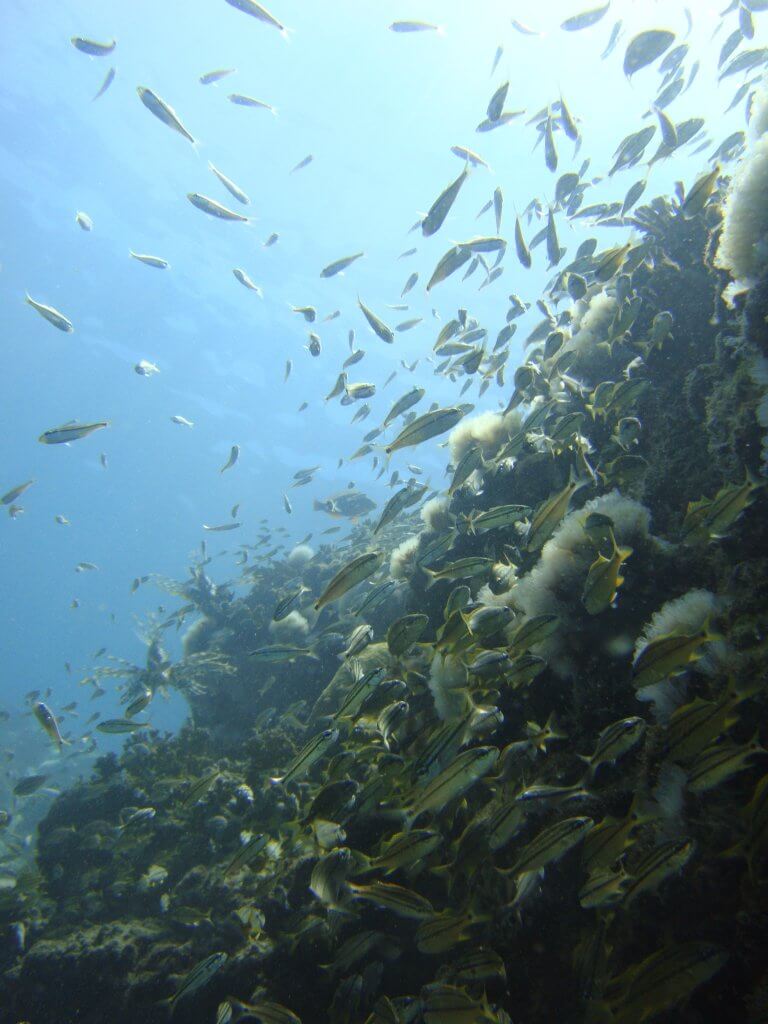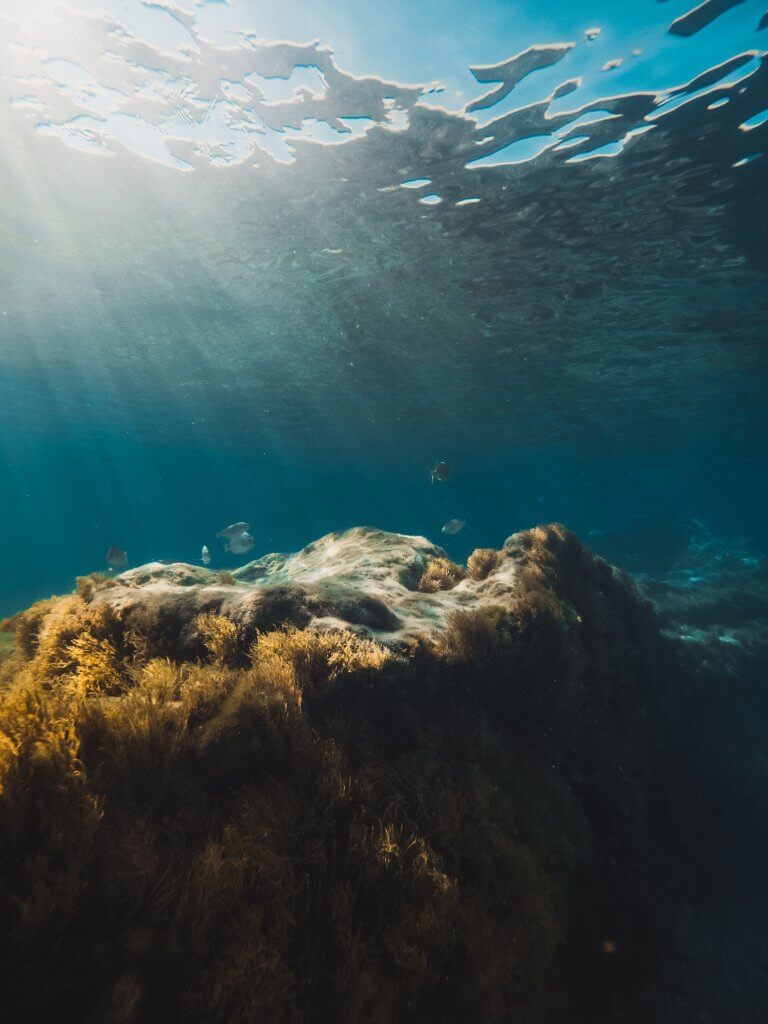SEAwise aims to advance ecosystem-based fisheries management (EBFM) of EU fisheries. Area-based management and spatial measures are key potential components to this. Understanding how spatial management measures might impact how fisheries operate requires an understanding of how fish species and their environments change across seasons, areas and regions, and how fishing activity influences these changes.
Spatial management plans may affect the remaining ‘fishable’ areas by displacing and concentrating fishing pressure, and on account of this may alter stock abundances, distributions, size- and species composition of catch, and fuel expenditure and cost. Under SEAwise’s Spatial Management Impacts on Ecological Systems and Fisheries theme, this report investigates the available tools for predicting the impact of different spatial management measures on fisheries distribution, yield, profitability, and selectivity.
SEAwise used a variety of models to assess the potential impacts of closed areas across EU waters, with the aim of limiting the risk of undesirable fishing impacts such as increased catches of juvenile fish, increased bycatch risks, or the degradation of seafloor status. A baseline scenario was compared with alternative marine spatial planning scenarios, including implementation of MPAs for protection of biodiversity or closed areas for stock enhancement. The results were then examined by integrating future climate change scenarios to understand the impacts of wider environmental change.
Generally, our findings show that, in the short-term, where spatial management measures for protecting targeted stocks, sensitive species and vulnerable habitats are efficient in limiting the risk of unwanted fisheries impacts, there are higher operating costs for fisheries, such as higher fuel expenses. These increased costs could be offset in the long-term if stock recovery and species dispersal are considered. However, climate-induced changes could increase these costs further.
In the Eastern Ionian Sea, models suggested that closing nursery grounds for hake while also reducing overall fishing pressure would be most effective at protecting this commercially-important species. Excluding bottom trawling from MPAs was shown to increase fishing effort throughout the non-closed parts of the study area, rather than just around the MPAs. Models indicated that fisheries closures would lead to fisheries redistribution and that future climate change would potentially alter the expected effects of the closures.

In the Adriatic and Western Ionian Sea, models suggested that fisheries closures could lead to changes in fleet distribution and hence fuel consumption. The ECOSPACE model demonstrated that the closed areas led to decreased pressure on juveniles and that reductions in fishing pressure are needed to attain full stock recovery.
In the North Sea, models point to closed areas potentially being an efficient tool to protect sensitive benthic habitats, particularly in larger closed areas. Depending on the location of these areas, they may lead to substantial losses in profit and unintended negative consequences for areas which are not currently fished if the fishing effort is not reduced concomitantly. Further, the negative impacts of climate change on the ecosystem may override any potential benefits of area closures, leading to future losses in both catch and associated profit.
In the Bay of Biscay, models showed that closed areas negatively impact larger vessels by restricting offshore fishing grounds. On the contrary, more coastal fleets using both active and passive gears may benefit and potentially improve their economic return from target stocks in better shape.

The findings from this research will be used to inform the SEAWise EBFM Tool and Toolbox to support policy and decision-makers in operationalising EBFM.
Read the full report here.
Stay up to date with SEAwise news and research, hear about upcoming events, and receive updates on fisheries news from across the European seascape.